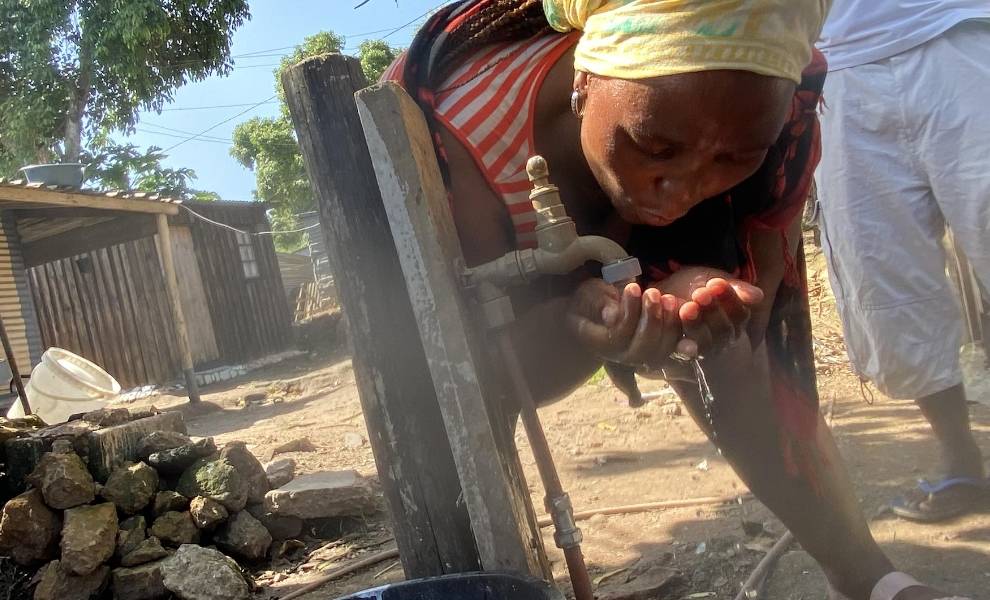
Access to water is limited for the 60 million South Africans due to a variety of factors such as episodes of drought, aging supply and sanitation infrastructure, and polluted rivers and reservoirs. These factors are creating a challenging situation for the citizens.
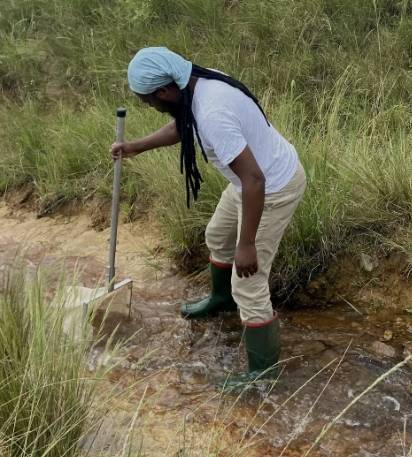
Ayanda Lepheana is fully committed to a citizen science project. As a member of the environmental consulting firm GroundTruth, this eco-tech aims to empower South Africans to easily assess the health and quality of their local rivers and water resources.
The work is done using simple tools including a wide net and a basin to observe the creatures like worms and tiny crabs in the water. A graduated plastic tube is used to test the water clarity and an illustrated table is used to calculate the results.
According to Ayanda Lepheana, this approach helps people to realize that their drinking water is not just coming from the tap but also from rivers, and therefore pollution needs to be prevented. Moreover, it encourages local residents to actively participate by collecting and analyzing data, and to promptly inform the authorities in case of water contamination.
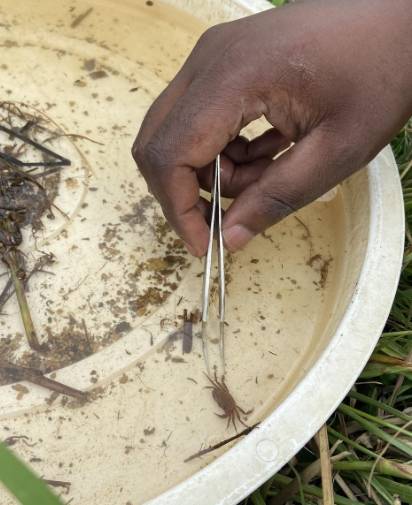
According to Janet Simpkins, the topic of clean water is currently one of the most pressing issues, not only in KwaZulu-Natal but also throughout the country. Her non-profit organization, Adopt a River, frequently gathers its members to clear the banks of the Umgeni River that flows into the Indian Ocean in Durban. During these cleaning sessions, the members collect various objects and clothing, polystyrene blocks, and even medical waste.
A few months ago, the city’s beaches, like many water sources, were contaminated with E. coli, which worries Janet Simpkins. This contamination occurred due to heavy flooding that overwhelmed the already fragile and underfunded water and sewer infrastructure. Even today, some beaches still show the presence of E. coli in tests. Janet Simpkins said:
“These facilities are in disrepair. They are unable to treat all of the wastewater, to the point that it is legally permitted to discharge it into the environment, into streams and rivers.”
The issue is illustrated by the Zandspruit pumping station in the greater Johannesburg area. The stench of the waste that has been discharged into the river for years is overwhelming. A recent government report has revealed a serious problem of contamination by fecal matter in many of South Africa’s rivers and reservoirs.
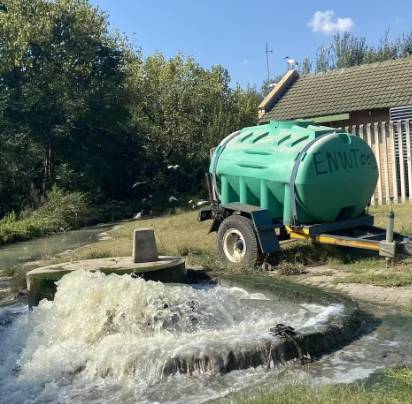
According to Mark Graham, the director of consultancy firm GroundTruth, the neglect of infrastructure in the last two decades has resulted in the current situation. Additionally, the regular power outages, which have been implemented for years due to insufficient power supply, also contribute to the damage of water infrastructure. In early March, the Ministry of Water and Sanitation made promises to take emergency measures to ensure the safety of this valuable resource.
He sought to allay concerns among South Africans by closely monitoring the drop in water levels in one of the reservoirs in the Cape region. The city has narrowly avoided water shortages and, like other areas, has had to implement rationing periods for its residents in the past.
The increasing urbanization, population growth, mining, and agriculture activities, such as sugar cane plantations in the Durban region, are exerting immense pressure on the available water in South Africa. The government is urging the public to reduce water consumption by emphasizing the country’s water scarcity. However, according to consultant Mark Graham, there is enough water available, but the problem lies in the mismanagement of the water resources and the deteriorating system. The use of such cisterns is prevalent, mainly in wealthier neighborhoods.
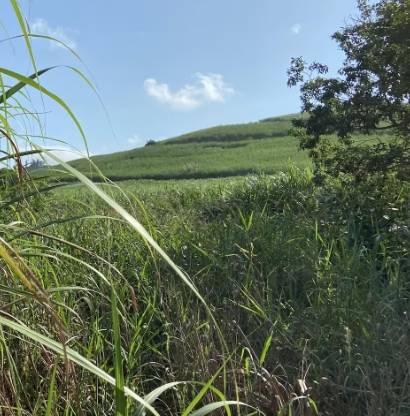
The Academy of Sciences of South Africa has issued a wake-up call ahead of the United Nations (UN) Water Conference, highlighting that approximately three million people in the country lack access to drinking water and up to 14 million do not have adequate sanitation facilities. The issue of unauthorized settlements (informal settlements) is also a concern, as in Durban where pipes were hijacked by their leaders.
According to the residents, they have installed taps and toilets in the informal settlement at their own expense to cater to the 3,000 families living there. One resident expressed her happiness that a toilet has been installed just opposite her house. She used to avoid going out at night to use the bathroom as it was located far away from her home. These informal settlements are where migrants come and build makeshift huts from scrap materials to find work in the city.
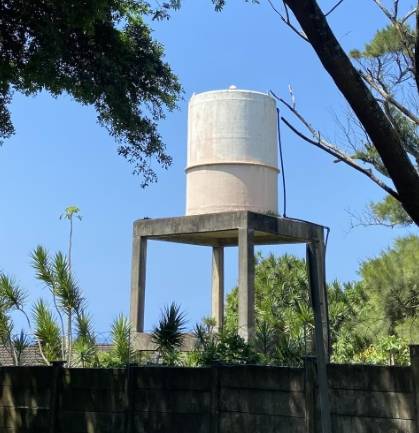
Until the government recognizes the existence of these informal settlements, they are not officially connected to the water or electricity networks. This recognition can take many years, even decades, which leaves the residents frustrated and feeling neglected.
Mlungisi Mokoena, a member of an association fighting for the right to decent housing, explains that settlers no longer trust the authorities because they have resisted eviction and demolition notices. While the settlers acknowledge that they are acting illegally by diverting water, they say they have no choice because, as they believe, water is life.
